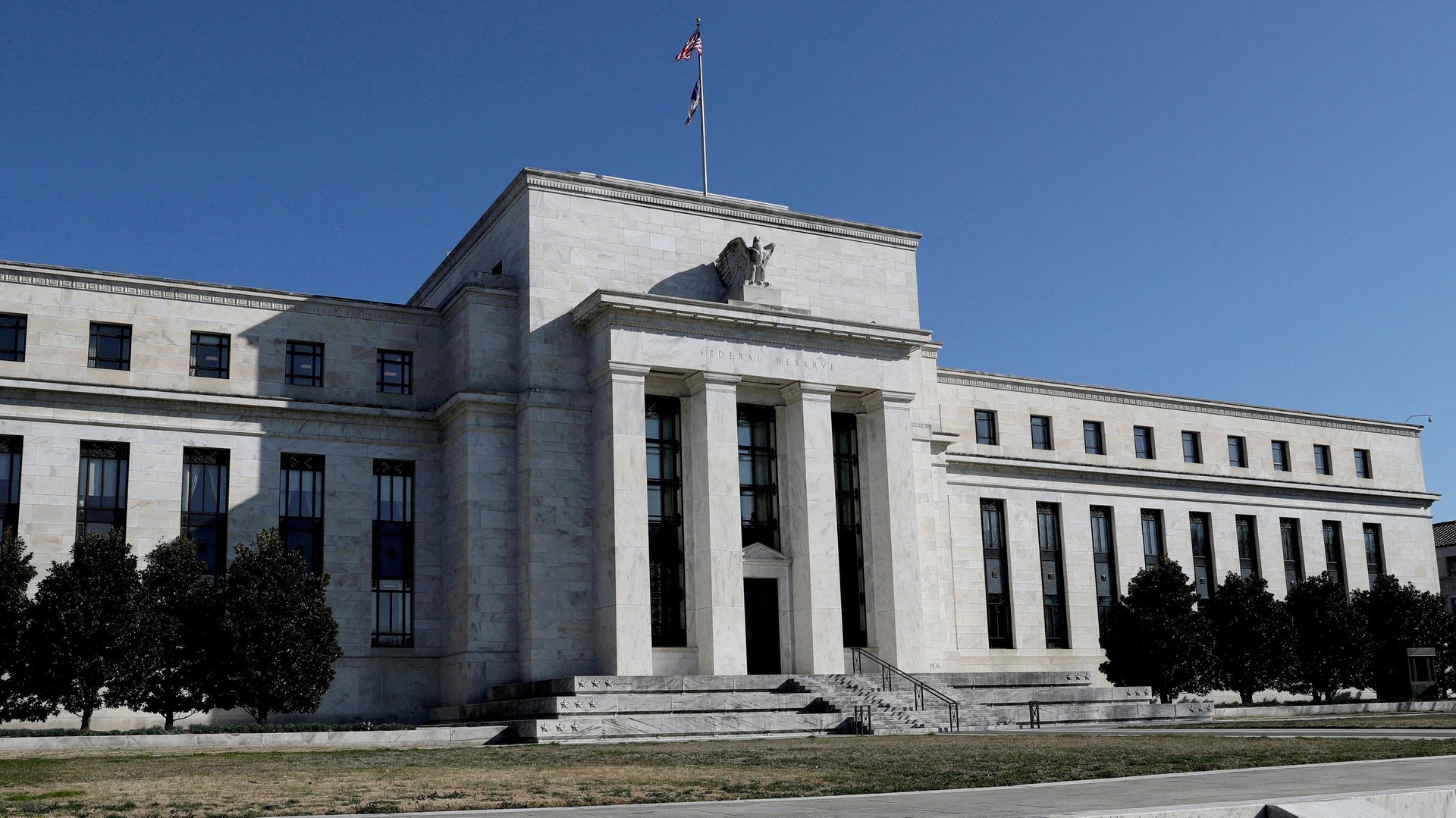Inflation slowed in February—another reason for the Fed to slow rate hikes
The Fed is likely to be more careful about tightening rates after a brace of bank failures

US consumer prices rose by 0.4% from January to February, while the year-on-year rise in prices dropped from 6.4% in January to 6% in February, according to new data from the Bureau of Labor Statistics. But while that is still considerably above the Federal Reserve’s 2% target, a brace of bank failures will likely prompt the Fed to slow its rate-tightening regimen in March—or perhaps even pause it altogether.
Suggested Reading
While food prices overall increased by 0.4%, the cost of food that people buy in grocery stores is rising at a slower pace than before. In January, grocery prices rose by 0.4%, and in February by just 0.3%. Shelter also continues to run hot at 0.8% , but the Consumer Price Index (CPI) reflects housing rents with a significant lag. Private measures of market rents have shown a decrease, which doubtless will emerge in the CPI as well.
Related Content
The Fed may halt its interest-rate hikes
The Federal Reserve may be underestimating how long it’s going to take for the increased cost of goods to work its way through the services sector, according to Employ America, a labor advocacy firm.
The price increases of food affects restaurants; the higher cost of cars increases transportation costs, as it pushes up the costs of leased vehicles and vehicle repairs; and the price of jet fuel pushes up the prices of airfares.
Meanwhile, the demand for labor is fading as the data shows declines in both job openings and the percentage of workers quitting. The supply of workers also increased in February, easing demand for workers and increasing the unemployment rate slightly.
The Fed has been raising rates with the intention of slowing labor demand, in the hope that it would dampen wage growth and hence spending on services. Fed officials have also banked on supply chain issues being solved over time to increase the supply of goods, cooling prices in that part of the economy as well.
Even if the demand for labor is waning and supply chain snags are easing, it will take time for these trends to influence the services category of the CPI. The Fed may be too confident in the notion that rate hikes depressing labor demand will cool prices on its own.
Despite inflation still running above the Fed’s 2% target and a tight labor market, the cental bank may raise rates by just 25 basis points when it meets on March 21-22. The runs on Silicon Valley Bank and Signature Bank over the past week—the former’s collapse in part caused by interest rate hikes squeezing its Treasury and mortagage bond investments—may even call for a pause in the Fed’s rate-tightening schedule.
“They were clearly blindsided,” said Skanda Amarnath, executive director of Employ America. “If the Fed was paying attention, they would not have saber-rattled about a 50-basis-point hike on Tuesday and Wednesday of last week.”
